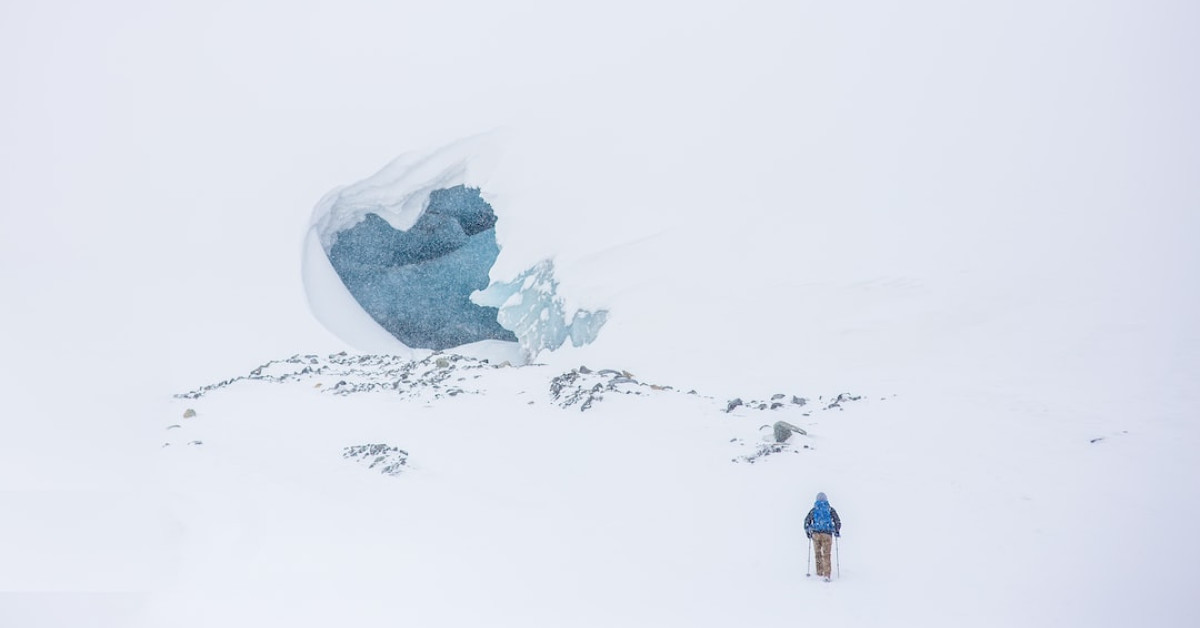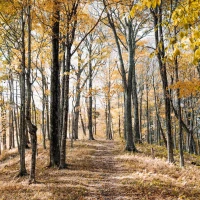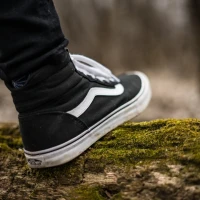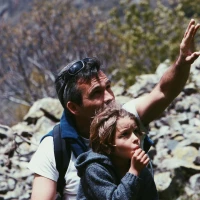Embarking on an outdoor adventure often starts with the question: should I go hiking or trekking? While these activities share a common backdrop—the great outdoors—the experiences they offer can differ vastly. For the uninitiated, hiking may seem synonymous with trekking, but seasoned adventurers know that trekking entails a journey that is as thrilling as it is rewarding.
Trekking is an adventure that promises a communion with nature while challenging your physical and mental endurance. It’s about stepping off the beaten path and immersing oneself in the untamed beauty and remote cultures that lie far beyond the reach of a day hike. In this comprehensive guide, we’ll delve deeper into the exhilarating world of trekking, contrasting its unique thrills with the more familiar hikes, and illustrating why trekking is a triumph in the realm of outdoor pursuits.
The Essence of Trekking: A Journey Defined
osrs temple trekking is often misrepresented as merely an extended form of hiking. However, the essence of trekking lies in its prolonged duration, rugged environments, and often cross-country itineraries that take adventurers far from civilization and into the wilderness.
What Sets Trekking Apart from Hiking?
- Intensity and Duration: While a hike can last just a few hours to a day, a trek spans several days to weeks, traversing diverse terrains.
- Environment: Trekkers are likely to encounter more challenging paths, higher altitudes, and a wider range of climates.
- Cultural Immersion: Trekking routes often pass through remote villages, offering a glimpse into the lifestyles of indigenous communities.
Delving into the Intensity of Trekking
Trekking is more than just walking; it is an endurance activity that tests your limits and pushes you to overcome obstacles. The intensity of a trek is influenced by factors such as terrain, altitude, and distance. Longer treks require a substantial commitment to physical preparation and mental resolve.
The Rewards of Trekking: Why It Triumphs Over Hiking
Physical and Mental Health Benefits of Trekking
Trekking offers an array of health benefits that surpass those of a simple hike. The physical challenges increase cardiovascular strength, build muscle, improve balance, and are superb for overall fitness eric forrester last episode. Mentally, spending extended time in nature reduces stress and boosts your mood, cultivating resilience and a sense of accomplishment.
A Deeper Connection with Nature
Trekking strips away the distractions of modern life, allowing you to forge a deeper connection with nature. Immersing yourself in the wilderness for days on end brings a newfound appreciation for the Earth’s beauty and fragility.
Cultural Enrichment Through Trekking
When you embark on trekking adventures, you often pass through remote villages and encounter diverse cultures. These experiences enrich your journey, providing a cultural perspective that hiking in familiar, developed areas simply can’t offer.
Choosing the Right Trek: Factors to Consider
Deciding on a trek is a personal journey; what appeals to one adventurer may not resonate with another. Consider these factors:
Duration and Distance: Your Time and Physical Limits
- Short Trek: Suitable for beginners and those with time constraints.
- Long Trek: Ideal for seasoned trekkers seeking a more immersive experience.
Terrain and Difficulty: Match Your Skill Level
Treks vary greatly in difficulty, from well-marked trails to off-the-beaten-path routes requiring navigation skills. Ensure the trek aligns with your physical abilities and experience level.
Cultural Elements: Decide What You Want To Experience
From ancient monasteries in the Himalayas to the vibrant indigenous communities in the Andes, the cultural aspects of a trek can be quite profound.
Preparing for Your Trekking Adventure
A successful trekking trip begins long before you hit the trail. Thorough preparation is key to ensuring safety and enjoyment throughout your journey.
Physical Training: Building Stamina and Strength
- Cardiovascular Workouts: Include running, cycling, or swimming in your routine.
- Strength Training: Focus on legs, core, and back muscles to handle uneven terrains.
- Hiking Practice: Engage in regular hikes to acclimate your body to walking long distances with a pack.
Gear and Equipment: Pack Wisely for the Trek
The right equipment can make or break your trekking experience. Essentials include:
- A reliable backpack: Comfortable and spacious enough to hold your gear.
- Quality footwear: Durable, supportive boots designed for trekking.
- Navigation Tools: Maps, compass, and possibly a GPS device.
- Clothing: Suitable for the trek’s climate and weather conditions, including layered options.
Tactical Planning: Understanding the Trekking Route
Familiarize yourself with your chosen trek’s route, notable landmarks, potential hazards, and escape routes in case of emergencies. Safety should be your top priority.
Captivating Trekking Destinations Around the Globe
Join us on a journey to some of the most captivating trekking destinations that the world has to offer. From the frost-tipped peaks of Nepal to the verdant jungles of Peru, these destinations challenge and inspire.
The Annapurna Circuit, Nepal: A High-Altitude Odyssey
An otherworldly experience awaits those who tread the Annapurna Circuit. It’s a classic trek that takes you through a variety of climates, from lush subtropical forests to the arid highlands, offering a panoramic view of the Himalayan giants.
Patagonia’s Torres del Paine: A Trekker’s Dreamland
Patagonia’s iconic trek promises jaw-dropping landscapes, including massive glaciers, turquoise lakes, and majestic towers. It is a testament to the boundless wonder that trekking adventures can unveil.
Summiting Kilimanjaro: Africa’s Roof
Trekking to the summit of Mount Kilimanjaro presents a unique challenge with its five distinct climatic zones. The journey culminates in the sense of triumph that comes with standing atop Africa’s highest peak.
Concluding Your Trekking Adventure: Beyond the Summit
Trekking is a journey that extends beyond the physical realms; it is, at its core, an exploration of the self and an enduring dance with the natural world. As you complete your trek, whether it’s scaling a mountain or traversing expansive landscapes, you carry home not just memories but a renewed sense of what it means to truly live.
Reflecting on the Experience
Taking the time to reflect on your trek can help internalize the lessons learned and the growth experienced. These adventures often have a profound impact, shifting perspectives and inspiring future quests.
Staying Connected to the Trekking Community
Even after the trek is over, remaining a part of the trekking community can keep the spirit of adventure alive. Share stories, exchange tips, and plan new excursions with fellow trekkers.
Embarking on Your Own Trekking Triumph
It’s time to lace up your boots and embark on your own trekking triumph. With careful planning, training, and an open heart, the thrills of trekking are at your fingertips. So step out into the wild, beyond the confines of a day hike, and discover the extraordinary experiences that await on the trekking trail.
Remember, each step you take on a trek is a step towards self-discovery and the revelation of nature’s grandeur. Trekking is not just an activity; it’s a triumph, a commitment to the pursuit of adventure, and an ever-calling invitation to explore the vast and beautiful world beyond our doorstep.
Whether you’re drawn to the spiritual solitude of wandering through ancient trails, the physical challenge of summiting towering peaks, or the cultural richness of encountering remote civilizations, trekking offers a depth and diversity that hiking alone cannot match. We have unveiled the essence of trekking and the unparalleled thrills it holds—now, it’s your turn to write your own chapter in the annals of outdoor exploration. Adventure beckons, will you answer the call?










